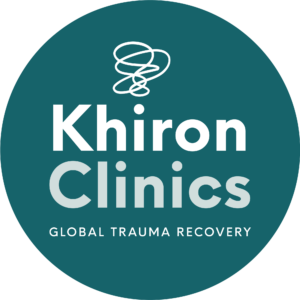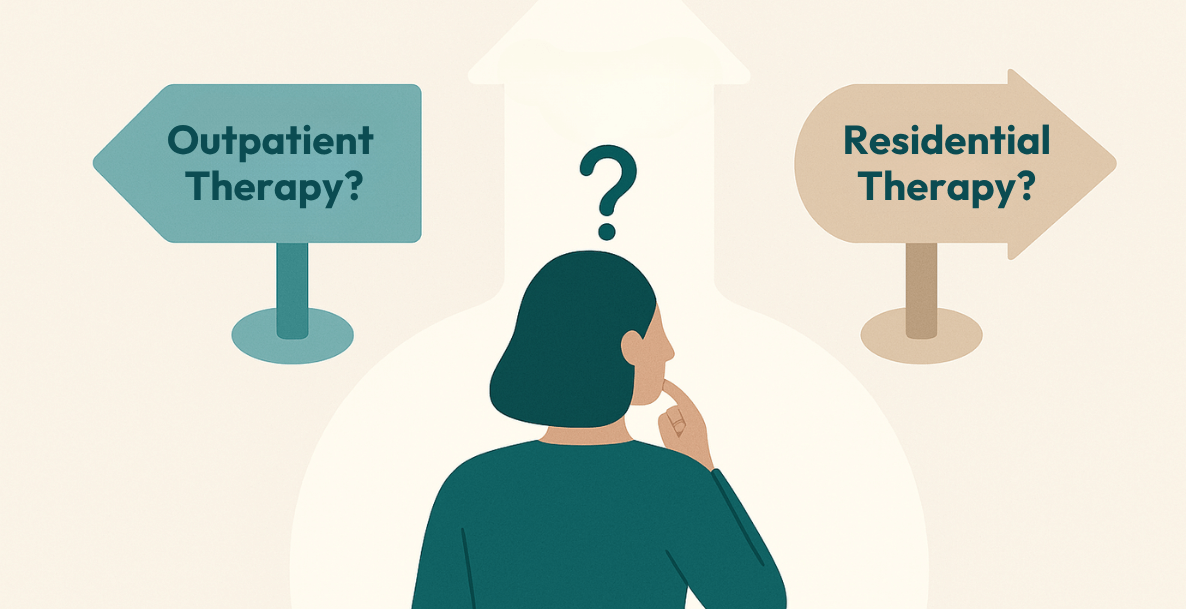Understanding the nervous system in the context of trauma is crucial for effective healing and recovery. Trauma often disrupts the nervous system’s natural balance, leading to heightened stress responses and chronic discomfort.
By exploring how trauma affects the nervous system, we gain insight into why individuals experience persistent anxiety, hypervigilance, emotional numbness and a variety of physical symptoms and illnesses. This understanding helps us recognise that these symptoms are not flaws but natural survival-based responses to overwhelming experiences.
Addressing the nervous system’s role in trauma allows for targeted therapeutic approaches, facilitating deeper healing by restoring balance and promoting resilience. This perspective transforms how we approach trauma recovery, focusing on the body’s integral role in healing.
So What Do We Mean by The Nervous System?
The nervous system is made up of several parts. There is the central nervous system, consisting of the brain and spinal cord, and the peripheral nervous system, which includes the autonomic nervous system (ANS). This is what we mostly refer to when discussing trauma.
The
ANS has two branches, the sympathetic and parasympathetic systems. The parasympathetic nervous system, often referred to as the rest-and-digest system, promotes a state of calmness in the body. In contrast, the sympathetic is responsible for what we call the ‘fight or flight’ response.
When this system kicks in, it gets our body ready to deal with a threat. Our heart rate and blood pressure go up, we produce more adrenaline, and blood flows to our muscles so we can react quickly. Meanwhile, things like digestion, immunity, and even our ability to connect with others take a back seat.
But our bodies can’t stay in this heightened state forever – it’s not healthy. Eventually, another part of our nervous system puts us in a more primal state, where we might feel frozen, tired, and hopeless, and our basic bodily functions slow down. It’s like our body goes into a kind of shutdown mode to protect itself, an experience that is likely familiar to those with trauma.
Polyvagal Theory As a Link Between Trauma and The Nervous System
Our physiological state fundamentally shapes how we perceive and interact with the world. When our body is in a state of stress or mobilisation, often associated with the fight-or-flight response, we tend to view the world more negatively. Conversely, a calmer physiological state, regulated by our vagal nerve, fosters a more optimistic outlook. Moreover, when our system is in a shutdown mode, characterised by dissociation and withdrawal, we become disconnected from our surroundings.
[1]
This physiological state has profound implications for our understanding of trauma and its effects. Trauma is not just about the events we experience but about how our autonomic nervous system responds to these events. When our bodies are in a state of threat, this disrupts homeostasis and leads to various comorbidities such as cardiovascular issues and irritable bowel syndrome.
[2] Traditional medicine often addresses these symptoms in isolation, but Polyvagal Theory suggests that a broader approach is needed to recalibrate the autonomic nervous system.
The Impact of Physiological States on Perception
The impact of psychological state on perception may best be understood through an example. In the case of a long term partnership or marriage, a person might experience their spouse’s voice as either nurturing or threatening depending on their current physiological state. This fluctuation often stems from internal stress or unmet needs rather than the spouse’s actions, or the intention behind their words. Understanding this can be crucial for managing relationships and emotional responses, highlighting the importance of recognising and addressing one’s own physiological state in order to navigate challenges, insecurities, conflict and stress with greater care, consideration and perceived safety.
Polyvagal Theory also emphasises the significance of social connection. The theory posits that true safety involves more than just the absence of threat; it requires the presence of positive, supportive connections. This connection is fundamental to our well-being and helps to regulate our physiological state. Our nervous system responds to cues of safety, such as a kind voice or a reassuring presence, which can help down-regulate defensive reactions and support overall health.
What This Means for Trauma
When exploring trauma through the lens of Polyvagal Theory, it becomes clear that individuals experiencing trauma perceive the world as threatening due to their physiological state being in constant alert. This state of threat disrupts homeostasis, manifesting in various health issues like cardiovascular problems and irritable bowel syndrome, all of which stem from the autonomic nervous system’s struggle to maintain balance.
Traditional medicine often addresses these disorders in isolation, failing to recognise that they are interconnected through a broader disruption in the autonomic nervous system. According to Polyvagal Theory, our physiology operates in three primary states: calmness, mobilisation, and immobilisation. In a state of calm, we can engage and co-regulate with others effectively. Mobilisation supports both active engagement and play, while a lack of social engagement can lead to aggressive behaviour and defensive shutdown.
When the social engagement system is functioning, even in moments of immobilisation, we can experience intimacy rather than conflict. Polyvagal Theory suggests that this evolutionary hierarchy of neural circuits helps us manage our physiological responses, optimising our system’s function when we feel safe.
A Nervous System-Informed Approach at Khiron Clinics
The Polyvagal-informed approach prioritises creating a safe, supportive environment essential for trauma recovery. By focusing on the body’s physiological responses to stress, we can address the root causes of trauma rather than just its symptoms. This approach helps clients build resilience, re-establish a sense of safety, and foster genuine connections with others, promoting long-term healing and well-being.
At Khiron Clinics, we incorporate Polyvagal Theory into all of our treatment programs, providing therapies that address the physical and sensory effects of trauma in addition to dealing with cognitive or emotional issues. This approach helps clients release
“frozen” energy from past threats and supports the completion of unresolved responses, to help clients on their journey to lasting recovery. By embedding polyvagal principles into our practice, we ensure that every client receives the highest standard of care in a truly supportive and understanding environment.
Khiron Clinics stands out as the world’s first Polyvagal Informed Certified Residential Clinic. This certification signifies that our entire team, from board members to gardeners, is well-versed in the language of trauma. Our staff undergo comprehensive training to understand and apply Polyvagal-informed principles in their interactions with clients, ensuring a consistent, trauma-informed approach at all levels of care.
Sources:
[1] Porges, S.W. (2017) The pocket guide to the polyvagal theory: The transformative power of feeling safe. New York: W.W. Norton.
[2] Trauma-Informed Care in Behavioral Health Services. Rockville (MD): Substance Abuse and Mental Health Services Administration (US); 2014. (Treatment Improvement Protocol (TIP) Series, No. 57.) Chapter 3, Understanding the Impact of Trauma.






